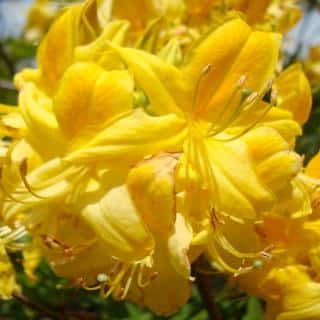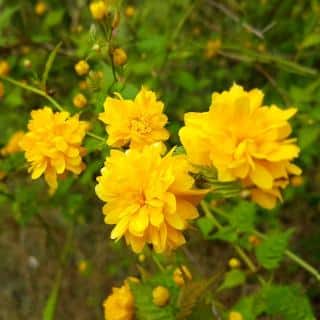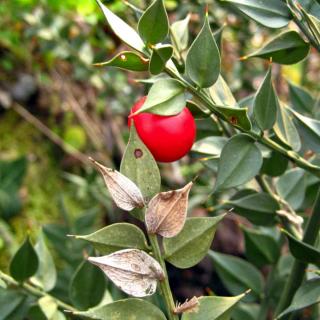

Native alternatives exist to plant instead of invasive Scotch or French broom. They’re even more beautiful, if you consider that planting them restores habitats and creates balance.
The following shrubs are mostly native to North America. As such, they’re usually suitable for planting in your garden, in public spaces or in community gardens across the continent.
Note: these same shrubs might be invasive on other continents, though. For example, Australia, New Zealand, and Europe may see their own environment endangered if these shrubs were planted there.
Several among the following still do come from abroad. For example, cinquefoil is native to Europe and Asia. But its behavior is not invasive at all. When not from America, the shrubs below don’t display aggressive invasive traits, so they’re safe for planting.
Forsythia – Very early bloomers, among the first to greet us in Spring! Long, spindly sprigs laden with beautiful yellow blossoms – this is definitely the plant to send those invasive broom shrubs away! As an added benefit, you can even bundle twigs from the shrub to make garden brooms, too… Picture at top shows what such a shrub looks like in season, marvelous! Excellent look-alike to replace French broom.

Dasiphora fruticosa (formerly Potentilla fruticosa) – Very hardy and boasting exceptional yellow blooming. Each cinquefoil flower has five perfectly shaped petals, whence the name comes from.

Each branch holds clusters of yellow pompoms, true cheerleaders for Spring to win the game against Winter!
Rosa acicularis var. sayi – This relative of dog-rose shares a delicious scent as it unfurls hundreds upon hundreds of beautiful pink flowers. Size is very similar to that of broom, at most 3 to 5 feet tall (1 to 1.5 meters). You can even use its fruits called hips for their health benefits!
If you’re willing to depart from the spindly yellow shrubs, you’ll have many more species of shrubs to plant instead of French or Scotch broom. Here are a few of our favorites.
Also blooming with clusters of bead-like yellow flowers, Mahonia is a holly-like evergreen stays beautiful all year round. Leaves are a bit prickly, and its berries are edible (and delicious!). There are several fabulous varieties to choose from, too, such as the Mahonia eurybracteata (like the ‘Soft Caress‘).

Although native to Europe, it’s not a very aggressive colonizer. It’s not an invasive threat to the Americas.
Double the joy with American elderberry, the fruits of which you can make delicious jam and jelly. This shrub is actually more of a small tree, so you’ll have to prune it to keep it small.
A native of the West Coast, Eleagnus x commutata has wonderful silvery leaves. A fast grower, it is very hardy and can cope with sea spray, too.
It’s important to be aware of which plants may be invasive in your area. A beautiful garden shouldn’t be a threat to the local environment!